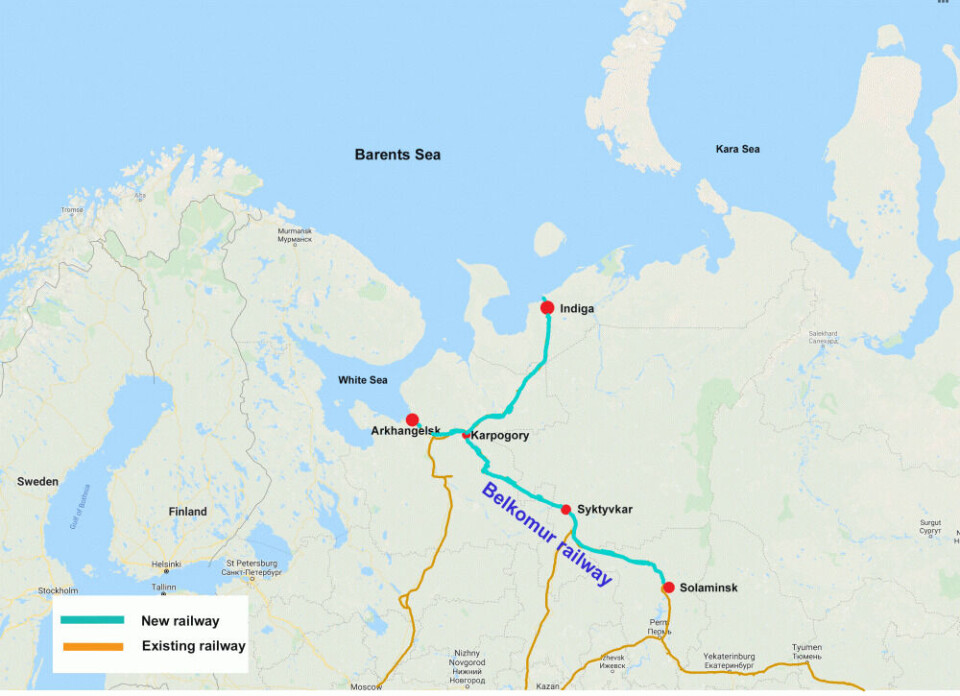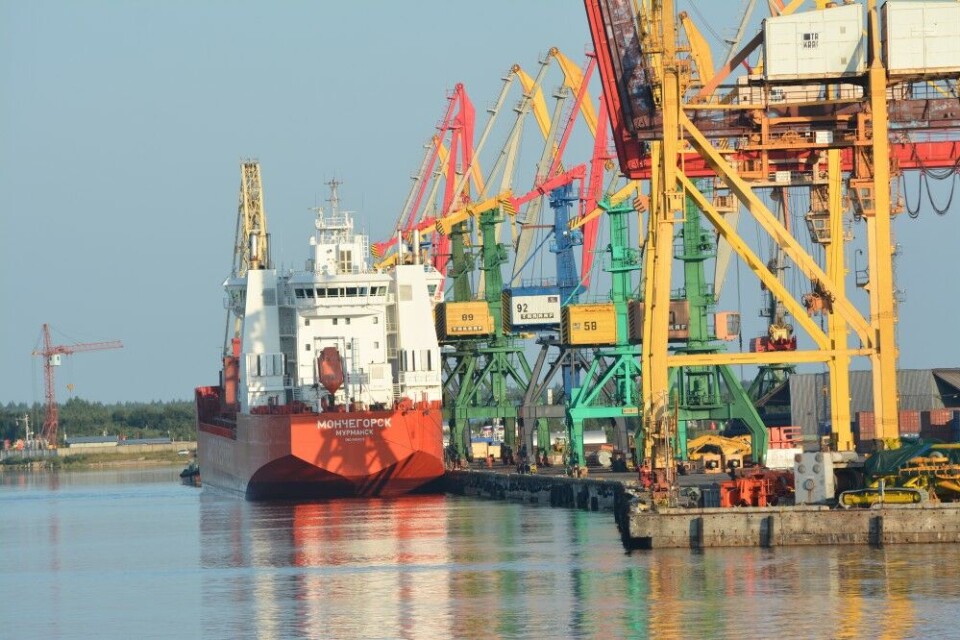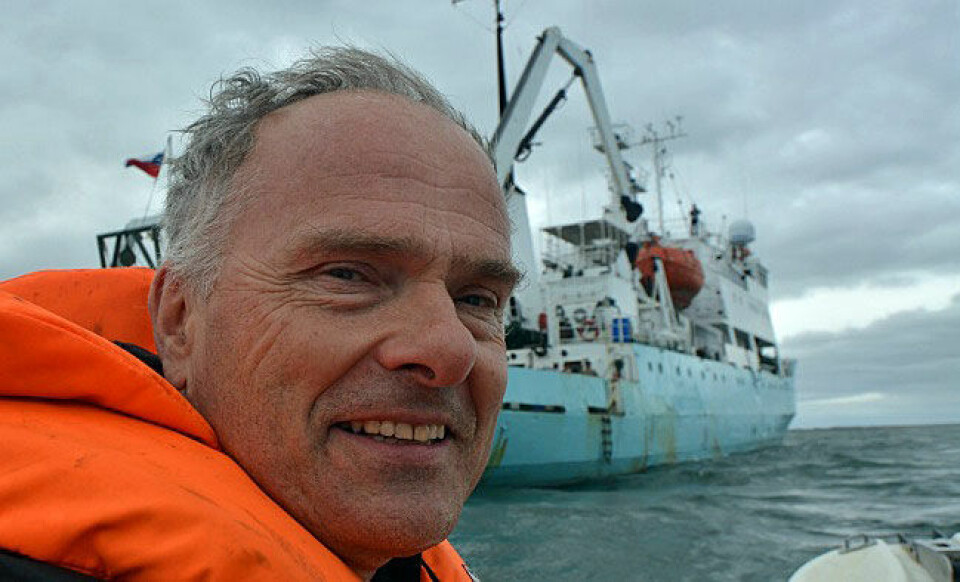
New Barents Sea port and 500 km railway link could help connect Asia with the Arctic
Russia pushes for more of the global cargo flow to go north. A new year-round port near Indiga in the Nenets Autonomous Okrug, connected to the Belkomur railway, could be an attractive trade route across the Eurasian continent.
A 500 kilometer railway from Karpogory to Indiga is now on the table for for investment as part of Russia’s larger Arctic infrastructure strategy.
“In general, it’s absolutely normal, uncomplicated terrain, there are no particularly expensive work,” acting Arkhangelsk governor Aleksandr Tsybulsky told reporters this week according to state-run news agency TASS.
Construction of the railway, a side-track from the larger projected Belkomur line, is estimated at 200 billion rubles.
Belkomur is the longtime planned rail line from Solikamsk in the Urals via Syktyvkar in the Komi Republic to Arkhangelsk by the White Sea. This railway across Russia’s European north will cut the distance from the Urals and Siberia to Arkhangelsk by 800 kilometers.
In the village of Indiga on the coast to the Barents Sea, five milion dollars are already spent to prepare for the construction of a deepwater year-round port, TASS reports.
More money is in the pipe when the large-scale construction work for the port facilities starts next year. Investments may exceed 300 billion rubles ($4,13 billion) before grand opening of the port in 2025, according to the private investment fund AEON Corporation.
Russia’s new Arctic hub in Indiga will get a capacity to handle 80 to 200 million tons of cargo per year.
Cargo to be shipped out to the ice-free Barents Sea via the port in Indiga includes coal, wood and paper, fertilizers and chemical products. This products aimed for the world markets will come from Kazakhstan, Kyrgyzstan and China via the new railway.
If in flow by 2025, the Indiga hub will be the first major linking Asia with the Arctic.
China and Arkhangelsk
Belkomur railway, though, is expected to give a big boost to shipping through the new Arkhangelsk deep-sea port as well.
As previously reported by the Barents Observer, the deep-water port by the Dvina delta outside the city of Arkhangelsk will partly be built with Chinese funding.

In 2016 the Arctic Transport and Industrial Centre Arkhangelsk signed an agreement of intent with the Beijing based Poly International Holding Co. on the deep-sea port construction.
“The Chinese People’s Republic is for us a key partner in implementation of Arctic projects, including the bug ones, the most important,” former Arkhangelsk governor Igor Orlov said at the time.
His successor, Aleksandr Tsybulsky now expects even more economic boost from the Belkomur railway and the side-track to Indiga.
“We will be able to handle most export cargo, which is now shipped via St. Petersburg, and thereby offer economic conditions for our investors to be able to develop more actively and not waste money on transport,” Tsybulsky said to TASS.
From China via Kyrgyzstan
The acting governor points to Kyrgyzstan as a key player for bringing goods to the Arctic, both its own, and transit cargo from China.
“Today, Kyrgyzstan is on the verge og making investment decisions on railway construction. They plan to build it across the country in order to transport Chinese good in transit, and then connect the railway network to neighboring countries,” Tsybulsky said.
He elaborates on the volums: “If we first take Kyrgyz cargoes, it is not much of it. I think up to five million tons. We could then take some Chinese cargo. Plus we can take [from] Kazakhstan, with an annual agreement at the highest level, transit of about 30-40 million tons of coal.”
Economically rational?
Not everyone is convinced the changed patterns of Asia global cargo flow via the Arctic will happen in the speed projected by Russian authorities.
Arild Moe, a Research Professor with the Fridtjof Nansen Institute in Oslo, Norway, has for decades studied Russia’s Arctic investments and sailings along the Northern Sea Route.

He says to the Barents Observer that there are several plans on the table for development of north-south transport links.
“The Belkomur railway, from the Urals to Arkhangelsk, has been under discussion for many years, without much happening on the ground,” Professor Moe says.
He points to earlier plans for the Indiga port that turned out to be nothing.
“Indiga was first planned as an LNG terminal, but that project has been abandoned. The investment requirements are very big,” Arild Moe explains.
“It is not immediately clear why it would be economically rational to send goods from Central Asia or China via the Arctic if the destination is Western markets,” he adds.
In these unsettling times, the Barents Observer needs your support more than ever. If you like what we’re doing, please consider making a donation. Your financial contributions, however big or small, will help keep our independent news coming from the north, about the north.
From Norway you can VIPPS: 105792
















